
The challenges of preserving historic structures
Researchers from the U.S., Singapore, Ghana and Italy will give talks at “Analysis and Conservation of Cultural Heritage Monuments: Challenges and Approaches Across Disciplines.”
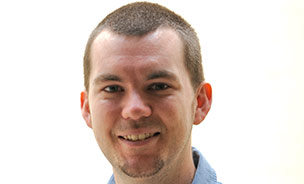
Q&A: New ways to make molecules
Daniel Weix specializes in developing better ways of creating molecules with the goal of speeding up the discovery of useful compounds, including pharmaceuticals.
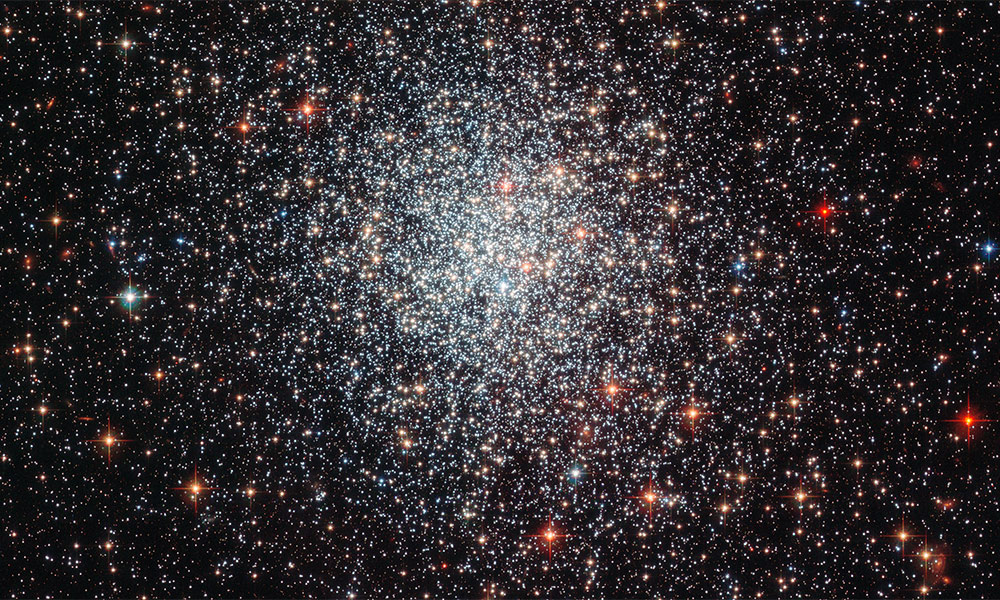
A new way to determine the age of stars?
Rochester researchers have developed a new conceptual framework for understanding how stars similar to our Sun evolve. Their framework helps explain how the rotation of stars, their emission of x-rays, and the intensity of their stellar winds vary with time. According to Eric Blackman, professor of physics and astronomy, the work could also “ultimately help to determine the age of stars more precisely than is currently possible.”

Q&A: Biologist earns raves for work with yeast
LISTEN: David Goldfarb, professor of biology, researches yeast as a model organism for understanding the aging process in humans. Why does this essential ingredient in bread and beer make a good research specimen?

Paying attention to words, not just images, leads to better captions
A team of University and Adobe researchers is outperforming other approaches to creating computer-generated image captions in an international competition. The key to their winning approach? Thinking about words – what they mean and how they fit in a sentence structure – just as much as thinking about the image itself.
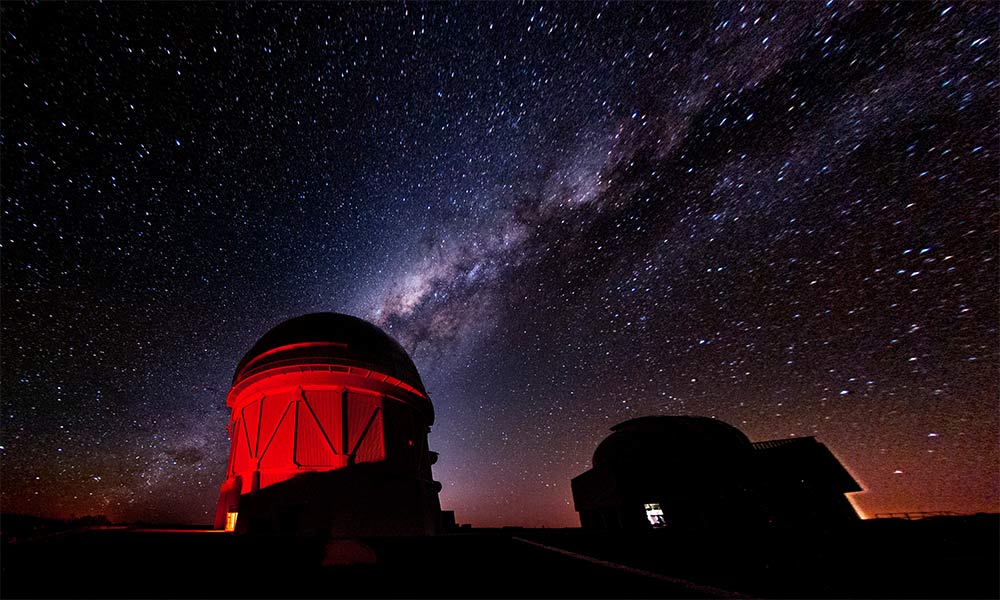
Rochester scientist discovers new comet
David Cameron, a visiting scientist in the Department of Physics and Astronomy, has discovered a new comet – the first to be discovered by an astronomer associated with the University or with the Rochester area in over a century, his colleagues believe.
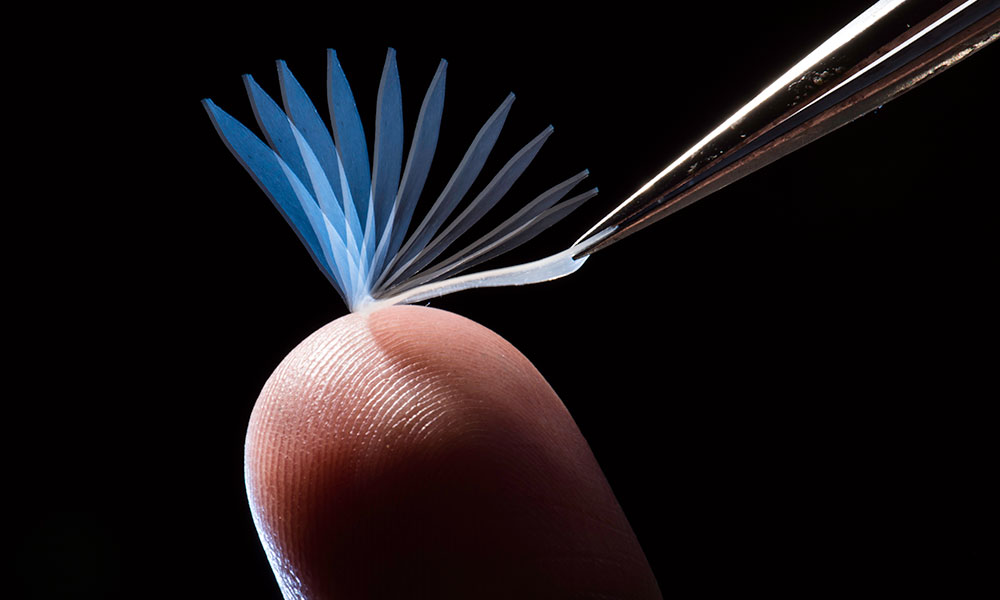
Body heat triggers shape change in new type of polymer
Polymers that visibly change shape when exposed to temperature changes are nothing new. But a research team led by chemical engineering professor Mitch Anthamatten has created a material that undergoes a shape change that can be triggered by body heat alone, opening the door for new medical and other applications.
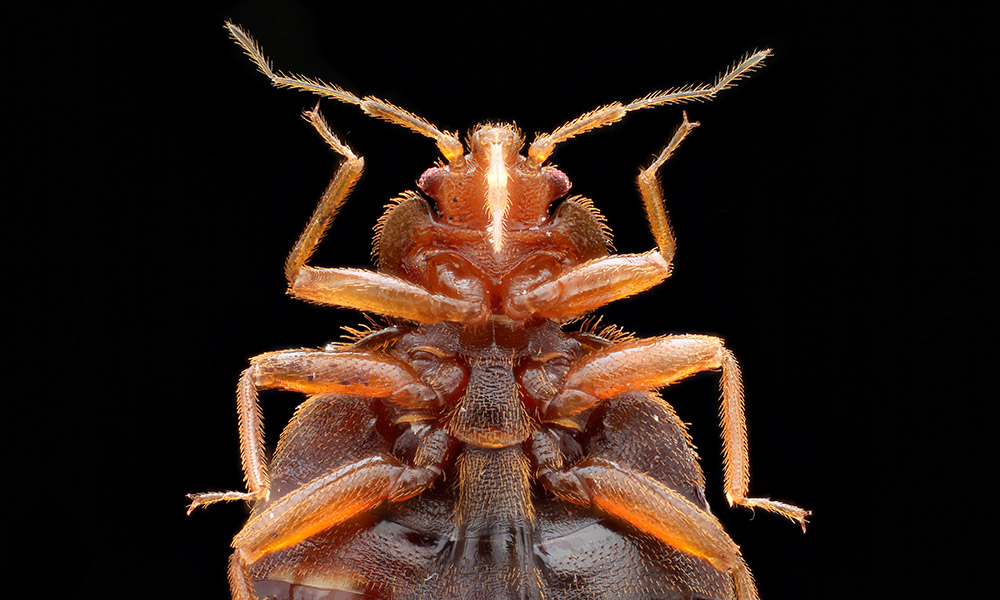
Scientists map genome of common bed bug
“There’s an explosion of insect genome sequencing right now,” said Jack Werren, a professor of biology and a member of the research team. “But the bed bug is particularly interesting because it’s a human parasite, a major pest, and has a unique biology.”

‘Big Data’ generates need for ‘Data Diplomacy’
Part of Professor Timothy Dye’s work as director of biomedical informatics is to combine global health with big data to improve the lives of people around the world. “But there is also incredible risk that this same data will be misused in ways that disadvantage communities and nations,” says Dye.
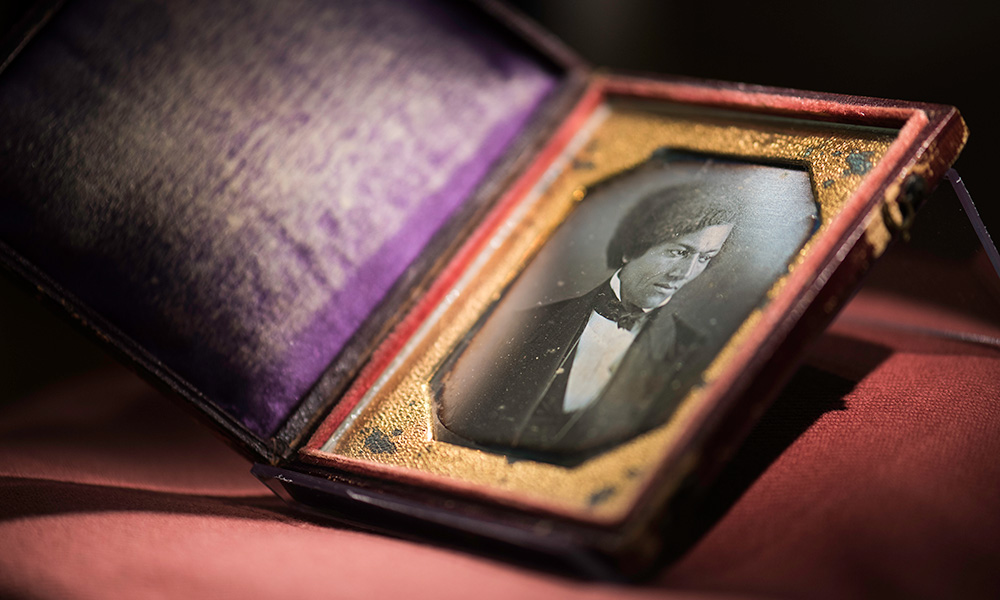
Early Douglass daguerreotype on display
One of the earliest images of the 19th-century abolitionist is on loan at the River Campus Libraries through February. While here, the 1848 portrait will feature in a larger exhibition about the University’s work on researching and preserving daguerreotypes.
